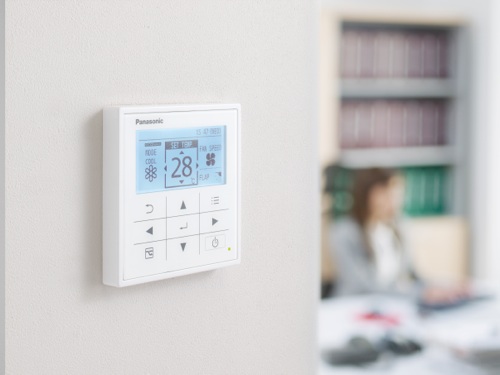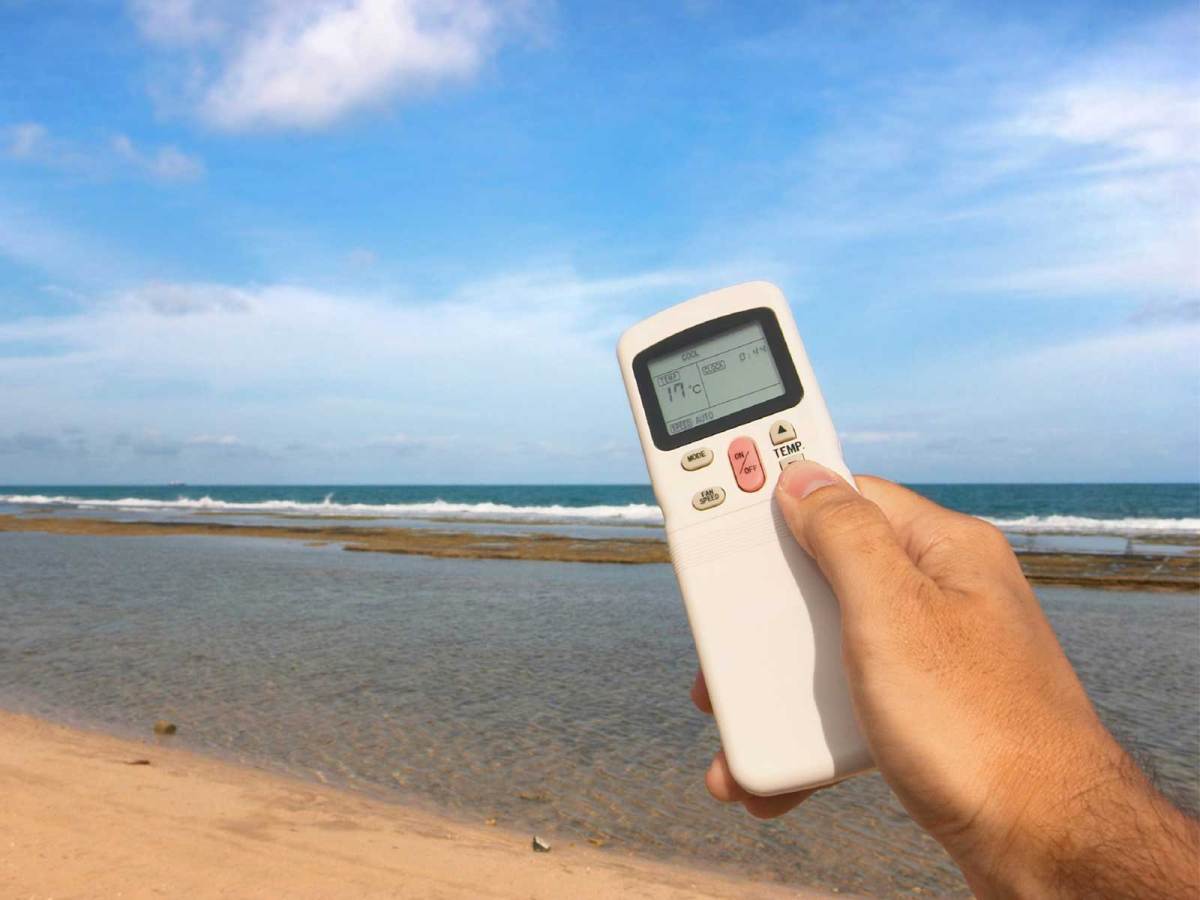Panasonic Australia today announced that the Econavi activity sensor that helped to make its air conditioners the most highly regarded in the country, according to Canstar Blue, will now be incorporated into its range of commercial units. Shane Quinn, national business manager for air conditioning at Panasonic Australia, unveiled the ducted and VRF models with ‘Smart Monitoring’ at the Air Conditioning, Refrigeration and Building Services (ARBS) conference in Melbourne.
Originally included as a feature on its residential range of air conditioners, Econavi activity sensors monitor not just whether there is movement in a room but how much movement, and then adjusts the unit’s output accordingly. In a commercial setting, this could mean recognising that, in an office, some employees are sitting at their desk not moving much while others could be involved in an intense team-building activity. Another application could be a hotel room, where the sensors detect that the occupant has left the room but hasn’t taken the room keycard out of the power-generation slot.
Quinn claims an industry first with this technology and says it will allow commercial properties to save energy and reduce wastage.
In an interesting twist on how these things generally work, the technology is actually filtering up from Panasonic’s residential, retail range to its high intensity, B2B commercial range, which is targeted at the hotel, office and property development market. Normally in appliance technology development, especially in categories like cooking, it is the commercial applications, features and technologies that, over time, filter down to the consumer models.
The Econavi sensors will be available in both ducted and VRF models. Ducted air conditioners require one outside unit per inside unit, while the VRF, which stands for Variable Refrigerant Flow, models can match multiple indoor units with one outdoor unit. The ratio of indoor to outdoor units depends on the size and capacity of the outdoor unit. Proponents for VRF technology say it is more convenient, better for the environment, more energy efficient and saves space. The ducted system, however, can often be cheaper.
“It’s about having a product that is flexible to suit every occasion,” Quinn said. “The overarching message at our stand this year is that we’ve got a complete range from end-to-end, whether it’s a big shop, a small shop, a short building or a tall building.”
The first batch of Econavi sensor air conditioners are expected to be available in November 2014.

Being rolled out this month is Panasonic’s new Deluxe Wall Controller, which aims to simplify the user experience with a more customer-friendly interface. Anyone who’s ever tried to adjust the thermostat in a hotel room will know that these displays often have poor backlighting, incomprehensible symbols and a lot of buttons with minimal intuitive response. Panasonic’s solution is to simplify the controls and have a large, easy-to-read display. The real kicker, Quinn says, are the power consumption graphs, which can show how much energy is being used throughout the day, so users have easy access to consumption data.
While presenting these new models to the trade today at ARBS, Quinn seized the opportunity to remind the builders, architects and property managers attending ARBS that Panasonic was recently named the best air conditioner brand in Australia by Canstar Blue. Posters adorning Panasonic’s booth show that it received 5-star ratings for Overall Satisfaction, Value For Money, Reliability, After Sales Service, Energy Efficiency and Appearance. In the only category Panasonic did not receive full marks, Quietness, it was beaten by Fujitsu General and Daikin.

